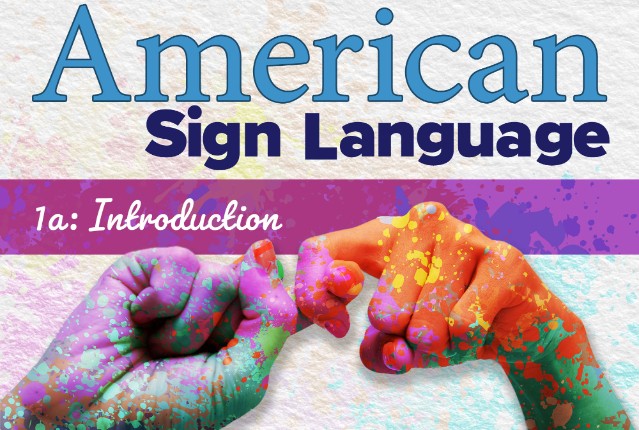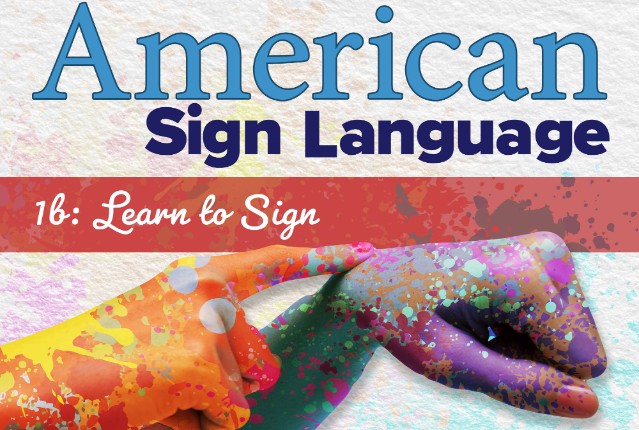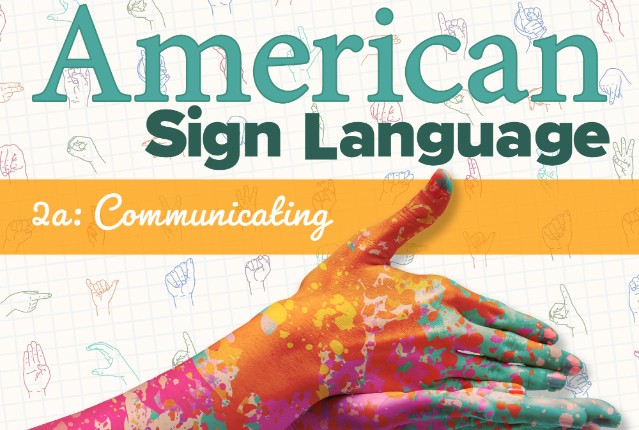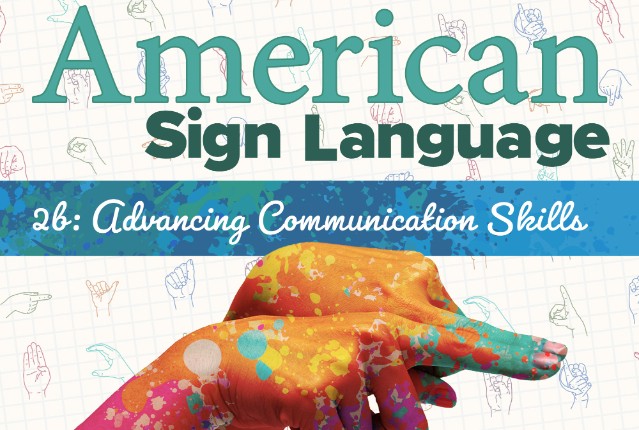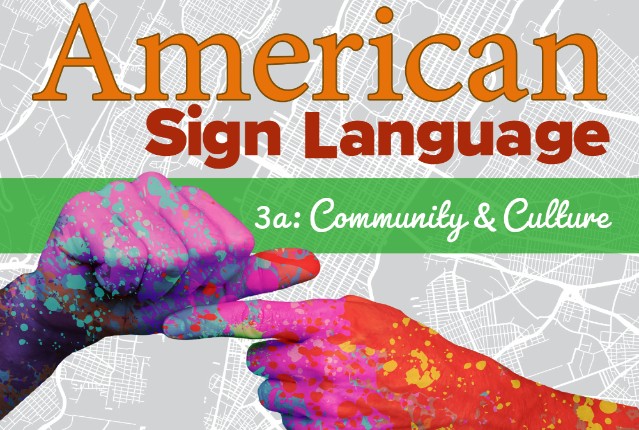
American Sign Language 3a: Community & Culture
As you dive into more advanced ASL signing, including unique grammar features and advanced classifiers and locatives, you’ll learn, compose, and present your new-found vocabulary and narratives by immersing yourself in Deaf culture and community. From opinions, slang, and idioms, to using technology and media that offers authentic Deaf perspectives. Explore how travel, cultural differences, and geography affect sign language. And gain a better understanding of Deaf culture by learning important events and examining topics such as education, science, and literature.
Review course outlineAccess for a year
USD 299.00*
* Choose more courses to get a discount
